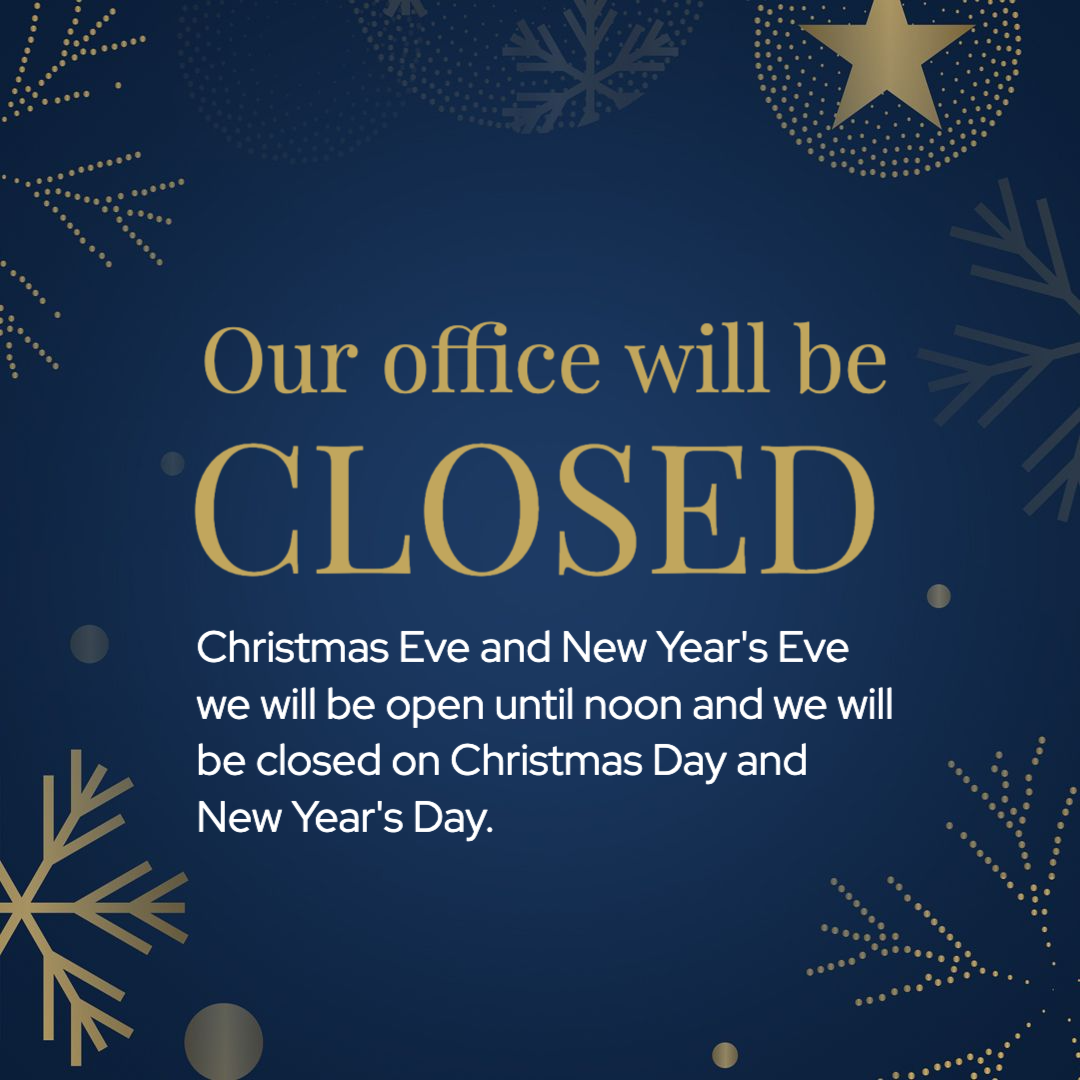
If you’ve never worn contact lenses before, it can seem a bit intimidating. After all, you’re inserting something into your eye! Let’s ease your mind about the first step – your contact lens exam. This post will walk you through what’s involved in a contact lens exam and what you can expect every step of the way.
It begins with a comprehensive eye exam.
Your eye doctor will first determine your overall eye health and vision. This includes a discussion of your health history and then a series of standard eye tests. These tests will evaluate eye focusing, eye teaming, depth perception, color vision, peripheral vision, and the response of your pupils to light. The doctor will also measure your eye’s fluid pressure to check for glaucoma, evaluate your retina and optic nerve, and test your vision with different lenses to assess whether contact lenses can improve your vision.
Then, a discussion about your contact lens preferences.
If contact lenses are appropriate for you, it’s time to talk about your contact lens preferences. For example, do you want to enhance or change your eye color? Would you prefer daily disposable lenses or overnight contacts? Ask about the benefits or drawbacks of each, so that you make the best decision. If you’re over 40, your doctor will likely discuss age-related vision changes and how contact lenses can address these issues.
Next, the eye doctor will conduct eye surface measurements.
Contact lenses require precise measurements of your eyes to fit properly. Using an instrument called a keratometer, your doctor will measure the curvature of your eye's cornea, the clear front surface of your eye. Next, the size of your eyes pupil is measured using a card or ruler showing different pupil sizes which is held next to your eye to determine the best match.
You may also need a tear film evaluation.
If you have dry eyes, your eye doctor will perform a tear film evaluation to measure the amount of tear film on the surface of your eye. If your tear film is insufficient or you have chronic dry eyes, contact lenses may not be a good option for you. However, some newer contact lenses deliver moisture to the surface of the eye, making them a better choice for individuals with dry eye issues.
Its time for the contact lens fitting.
The final step is to fit you with a trial pair of contact lenses. Once inserted, your eye doctor will examine the lenses in your eyes to ensure a good fit. He/she will check the alignment and movement of the lenses on the surface of your eye and if the fit looks good, the last step is to ensure the prescription is correct with a few more tests.
Now it’s your turn to test it out.
Your contact lens exam is over, but you’ll need to come back. Your doctor will usually have you wear the trial lenses for a week. After that, you’ll have a short follow-up exam to confirm that the lenses are working well for you and you can then order a supply of contact lenses.
If this is your first contact lens exam, don’t worry. Choose a qualified optometrist and they’ll answer all your questions as you go. Just be sure to let them know you’re interested in contact lenses so that they know to allow for extra time in your appointment for the consultation and any specialized tests.
Special testing is done to determine the best fitting contact lenses for your eyes. Usually, a trial lens is given at the time of the fitting to be worn for a week. A follow-up visit is scheduled a week later to check on how well your eyes can tolerate the contact lenses and check for any problems that are experienced during the trial period.
Writing a contact lens prescription places a certain amount of responsibility for the health of your eyes on the doctor. As a result, your eyes need to be checked annually. As a contact lens wearer, additional tests are done for you that are necessary to make sure your eyes are healthy, that your lenses fit properly, and to ensure that you are seeing as well as possible. This is done in addition to the eye examination. Contact lens evaluation fees are for the extra testing, our doctors’ fitting expertise and the time taken by the staff and doctors each year to properly evaluate your contact lenses.
Insurance coverage varies for contact lens fitting fees. Many insurance plans cover a routine eye exam which determines your glasses prescription and evaluates your eye health. Contact lens services are separate procedures often not covered by insurance, you may check your coverage with your insurance provider or consult our office staff on your benefits.









